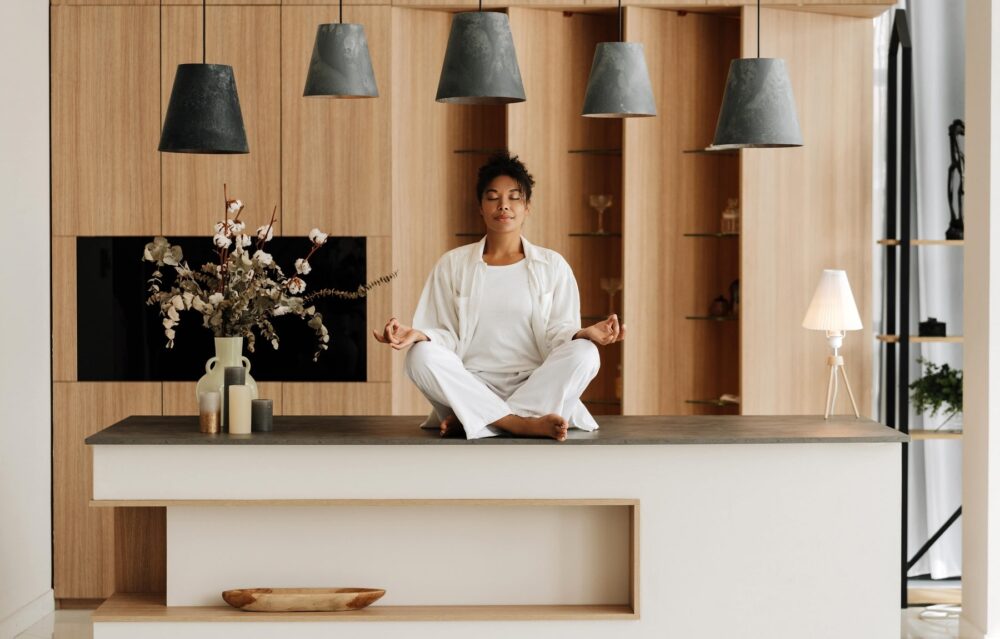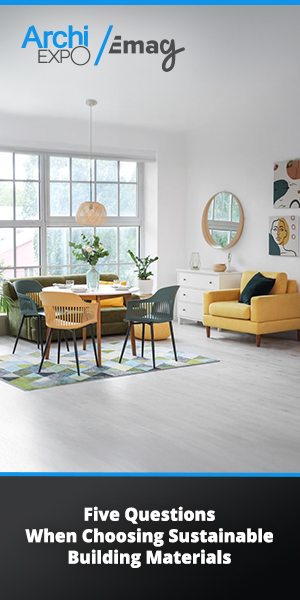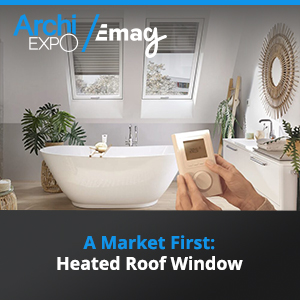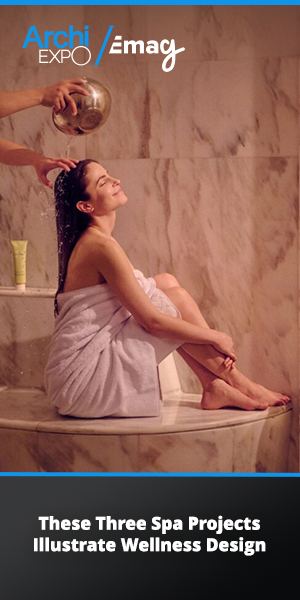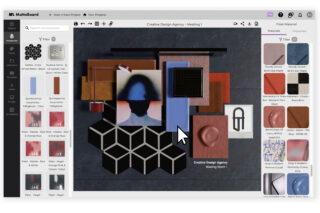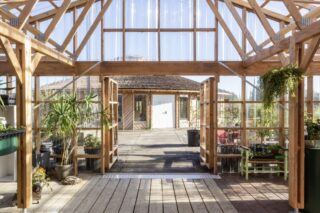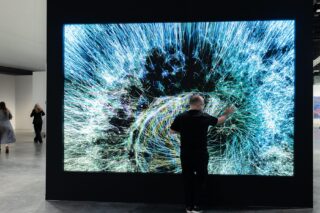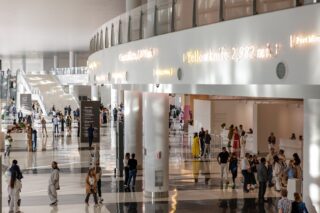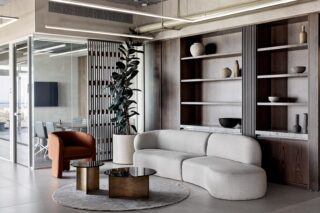During European Healthcare Design, we attended a live stream of the Lessons from Retail conference to learn how health and wellness are being integrated into real estate.
The way that healthcare and wellness are being delivered has changed dramatically to meet the needs of consumers who are increasingly more interested in physical and mental well-being. Ibrahim Ibrahim, named top retail expert specialist in 2024, discussed this point at the European Healthcare Design event at the Royal College of Physicians in London this week.
Ibrahim Ibrahim, managing director, Portland Design, spoke about how the consumer-brand relationship was changing and what organizations needed to do to continue to meet their needs, and how this was being achieved in healthcare in his presentation entitled The Future of Healthcare Experience: Lessons from Retail.
Relational Shift Between Consumers and Brands
There has been a seismic shift in the relationship between consumers, brands, and institutions, according to Ibrahim. Consumer expectations and behaviors continue to fundamentally change. There has also been a huge swing in trust away from big corporations towards peers, local communities, and influencers.
Essentially, Ibrahim said that there were 11 core values that consumers tend to look for, as shaped largely by the move to digital. These are: freedom and choice, customization and personalization, scrutiny of everything, integrity, and openness, entertainment, hybrid working, lifelong learning, wellness, not having to commit to anything, expecting everything instantly, and constant change and innovation.
“These are the key challenges and what we are having to deliver against on a daily basis,” said Ibrahim. “Those are continuing to grow, so brands are always having to try and stay one step ahead.”
To meet consumers’ ever-increasing demands and the design experience they want, both physically and digitally, Ibrahim said that it was key to first understand them and then forge emotional connections with them. By doing so, he said that you can build trust and loyalty and, ultimately, win repeat business.
“We need to shift from having a transactional relationship with them to an interaction, and from an interaction to intimacy,” said Ibrahim. “That means greeting and engaging with them, keeping them interested, teaching them something new, explaining the role it plays in their wider life, making it convenient for them, and delivering commercial as well as social and wellness value.”
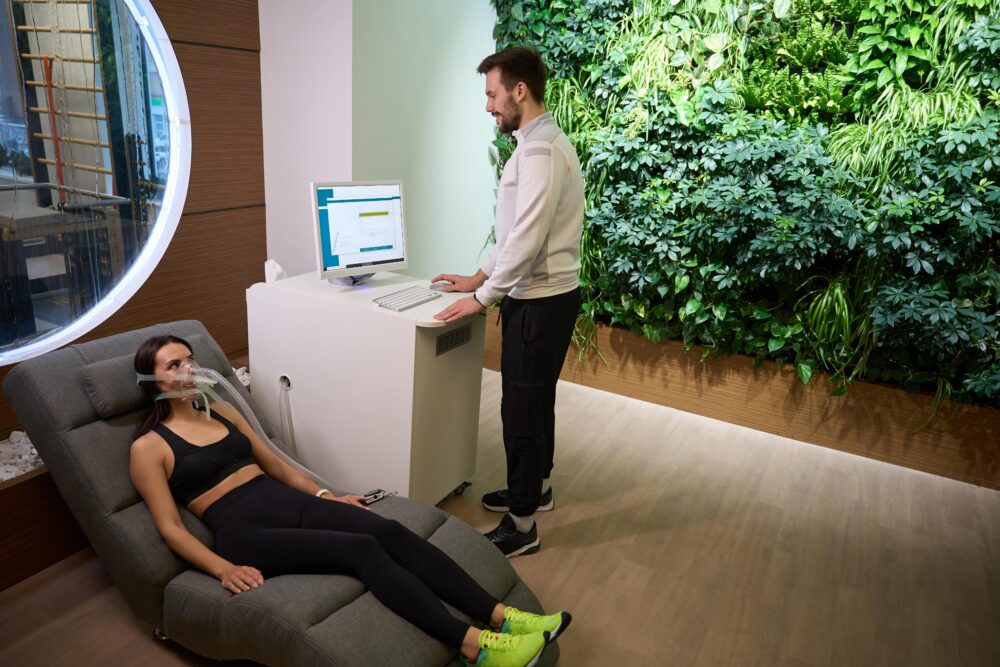
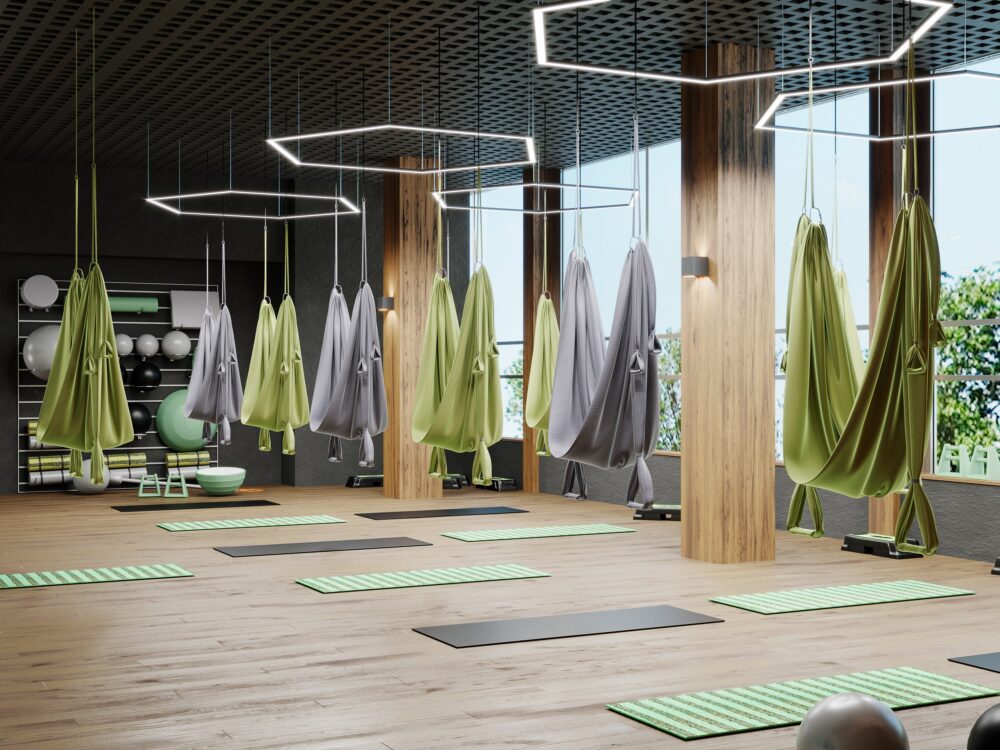
Putting the Consumer First
Given that 40% of retail space is set to be reinvented, Ibrahim said it needs to be replaced with an offering that delivers not only commercial, but also social, cultural, and wellness value. When developing a place, he said that the consumer experience had to be fast and frictionless, immersive and entertaining, localized, and give a real sense of belonging.
“Placement is not about simply real estate and architecture – it’s about content,” said Ibrahim. “Architecture and real estate are a by-product of understanding and curating content at that ground level that activates the public realm, creates community connection and cohesion, and is aligned with the culture.
“Placement is more akin to anthropology than it is to architecture. So you need to start with understanding people’s journeys and then crafting a proposition that will meet those needs.”
Healthcare Becoming Part of Retail
In the retail space, Ibrahim said that everything has become increasingly more merged, with stores, co-working spaces, learning, cultural, and entertainment centers, as well as healthcare centers now existing side by side. An example of this, he said, was NHS diagnostic centers and other health centers being located in shopping centers and retail developments.
In terms of wellness, Ibrahim said that Nike had launched the Well Collective, an offering focused on wellness, movement, mindfulness, nutrition, and connection. Salt rooms also provide convenient wellness in department stores.
Another example Ibrahim cited was Farm Urban, a hydroponic and soil-based producer, which is also a community kitchen and a store and educational center where children can learn about growing fresh produce. And the Offline Club, he said, is a digital detox community with a chain of coffee shops and co-working spaces across Europe, which is increasingly growing in popularity.
“We are seeing healthcare increasingly being treated by real estate developers as retail,” said Ibrahim. “That will only gather pace as it continues to be an essential and popular trend.”
Reflecting the desire for community, Ibrahim said that 78% of consumers claimed interacting with a brand community puts it top of the mind, while 76% wished their favorite brand had a community they could join. Responding to this, he said that brands are increasingly focused now on bringing communities together through wellness offerings.
“At the end of the day, as architects and designers, you need to be human-centric rather than space-centric to create the connective tissue that binds and creates a real community that includes retail, leisure, entertainment, and healthcare to deliver an authentic spirit of place and a true sense of belonging,” said Ibrahim.
